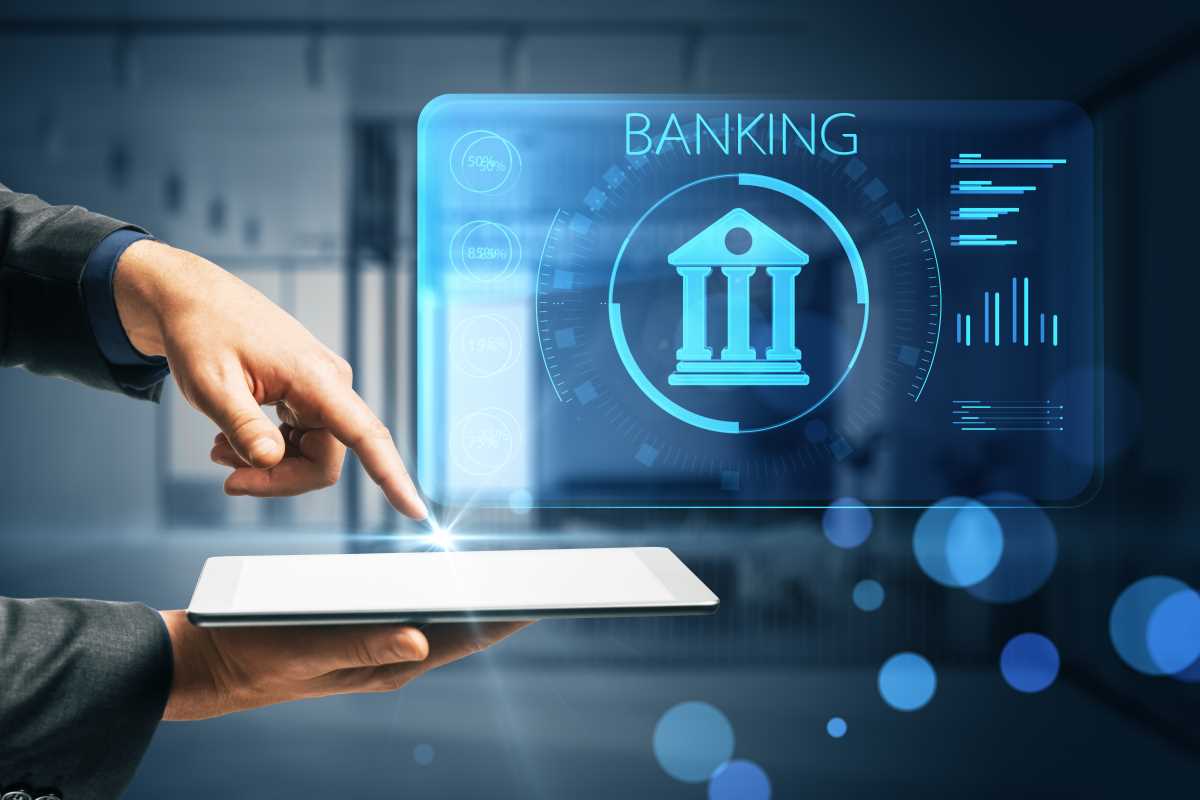Credit scoring has long been a crucial tool in financial decision-making, helping lenders assess the creditworthiness of borrowers. Traditionally, credit scores have been based on data from credit bureaus, considering factors such as payment history, amounts owed, length of credit history, and types of credit used. While this system works for many borrowers with established credit histories, it often leaves individuals with thin or no credit files at a disadvantage. Furthermore, traditional credit scores can sometimes be biased or insufficient in capturing the full scope of a borrower’s financial behavior. These technologies are opening up new opportunities for borrowers and lenders.
Traditional Credit Scoring Limitations
Traditional credit scoring models, such as those from FICO or VantageScore, use credit reports containing information on borrowers' credit history, outstanding loans, payment behavior, and bankruptcies. However, they primarily benefit individuals with established credit, leaving those without formal borrowing histories, such as young people, immigrants, or those in developing countries, excluded from credit opportunities.
This "credit invisibility" is a significant problem, as it prevents individuals from accessing financial products like loans or mortgages. Moreover, traditional credit scores can sometimes reflect implicit biases, disproportionately affecting individuals from lower-income or minority groups, even when their financial behavior is responsible. These limitations have sparked calls for more comprehensive and equitable credit scoring systems that can capture a broader range of financial behaviors and data.
The Role of AI in Credit Scoring
Artificial intelligence is revolutionizing various sectors, and credit scoring is no exception. AI allows for analyzing vast amounts of data and identifying complex patterns that might go unnoticed in traditional scoring models. Unlike conventional systems, AI-driven credit scoring uses machine learning algorithms to analyze large datasets, including alternative data, to make more nuanced predictions about creditworthiness.
One of AI’s main advantages is its ability to process diverse, real-time datasets, such as mobile phone usage, social media activity, and transaction history. By recognizing patterns in this data, AI can provide a more holistic view of a borrower’s financial behavior, beyond just their credit report.
Moreover, AI systems continually learn from new data and adjust their models accordingly. This adaptability allows AI-driven credit scoring systems to stay current, accounting for changes in economic conditions, user behavior, and emerging trends.
Alternative Data in Credit Scoring
Alternative data refers to non-traditional sources of information used to assess credit risk. This includes utility payments, rent history, bank account transactions, mobile phone payment patterns, and even public records. Individuals who lack a formal credit history can still build a financial profile using alternative data, enabling them to access credit they would otherwise be denied.
For instance, someone with a steady income but no credit history might struggle to secure a loan through traditional systems. However, if they have a solid history of paying rent on time, this can serve as a positive indicator of financial reliability. Similarly, utility bill payments can offer valuable insights into a person’s ability to manage finances and repay debt.
Alternative data also helps lenders make better-informed decisions, reducing their reliance on just credit reports. By integrating this additional data, AI can enhance risk assessment and more accurately evaluate a borrower’s financial standing.
Benefits of AI and Alternative Data in Credit Scoring
1. Financial Access and Inclusivity
Increased financial access is one of the most significant benefits of AI and alternative data in credit scoring. This approach helps individuals who are typically excluded from traditional credit systems—such as those without formal credit histories, immigrants, or residents of regions with limited banking infrastructure—gain access to loans and other financial products. For example, in emerging markets, mobile phone usage data and transactions on digital platforms can serve as valuable alternative data sources.
2. Improved Accuracy and Risk Assessment
AI-driven credit scoring systems offer more accurate and comprehensive assessments of creditworthiness. Unlike traditional models that only consider historical credit behavior, AI can analyze a wide array of financial activities, enabling lenders to assess a borrower’s risk more accurately. By identifying patterns in alternative data, AI helps recognize borrowers who may otherwise be overlooked.
This enhanced accuracy also reduces the risk of offering credit to individuals who are unlikely to repay, making lending more efficient and reducing defaults. For example, AI models can detect changes in spending habits, missed payments, or other indicators of financial distress, allowing lenders to act quickly if necessary.
3. Personalized Financial Products
AI and alternative data enable lenders to offer personalized credit products tailored to an individual’s financial situation. Instead of offering a generic loan with fixed terms, AI can help lenders design credit products that reflect a borrower’s unique risk profile. This could include offering lower interest rates for borrowers with responsible payment histories or more flexible repayment terms for those with fluctuating incomes. Personalized products benefit both lenders and borrowers. Lenders reduce default risk, while borrowers are more likely to receive terms that suit their financial capabilities, improving their chances of repaying the loan.
4. Reducing Bias and Increasing Fairness
Traditional credit scoring models sometimes reinforce biases based on socio-economic status, race, or geographic location, which can perpetuate inequalities in lending practices. However, AI and alternative data can create more equitable credit systems by focusing on objective financial behaviors rather than socio-economic factors.
By using alternative data, AI-driven models reduce the weight given to factors like past bankruptcies or income level, instead focusing on whether a borrower can manage their payments responsibly. This allows for a fairer credit assessment process that benefits borrowers from historically underserved or marginalized groups.







